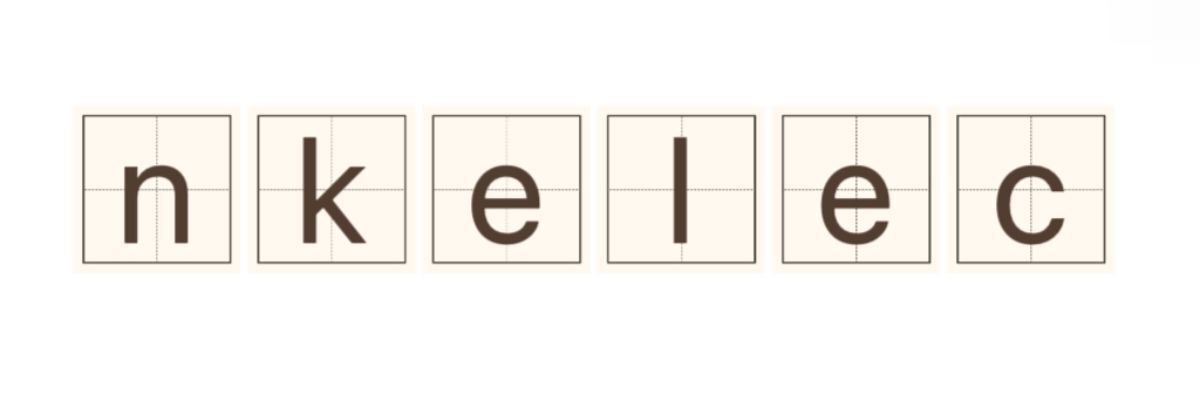What Factors Should You Consider When Purchasing MV Cables?
Sep. 17, 2025
When it comes to ensuring a reliable power supply for industrial and commercial applications, selecting the right Medium Voltage (MV) cables is crucial. These cables play a vital role in the distribution of electricity, and their quality can significantly impact overall system performance. Whether you're looking for Three Cores Medium Voltage Cable or other types, several key factors must be considered before making a purchase.
Contact us to discuss your requirements of Three Cores Medium Voltage Cable. Our experienced sales team can help you identify the options that best suit your needs.
Understanding Medium Voltage Cables
Medium Voltage cables are designed for electrical distribution at voltages ranging from 1 kV to 36 kV. They are commonly used in power generation plants, substations, and industrial applications. According to the International Electrotechnical Commission (IEC), these cables are categorized based on their voltage ratings, insulation type, and construction design.
1. Voltage Rating
One of the primary considerations when purchasing MV cables is the voltage rating. Various applications may require different voltage levels, and it’s essential to select a cable that can handle the required voltage without risk of breakdown. For example, a typical Three Cores Medium Voltage Cable is available for rated voltages of 3.6/6 kV, 6/10 kV, and even up to 12/20 kV. Always refer to the IEC standards (IEC 60502-2) to ensure the cable meets your project's specifications.
2. Cable Construction
The construction of MV cables can significantly influence their performance. Most MV cables consist of three conductors enclosed in a single sheath, which is beneficial for reducing electromagnetic interference. The choice between copper and aluminum conductors, along with the type of insulation (like XLPE or PVC), also plays a critical role. According to industry statistics, copper cables have a lower electrical resistance compared to aluminum, but they are also more expensive. The decision between these materials ultimately depends on budget considerations and specific application needs.
3. Environmental Conditions
Understanding the environmental conditions where the cables will be installed is vital. Factors such as temperature, humidity, and exposure to chemicals or UV light can affect cable performance and lifespan. For example, cables used in underground installations should have appropriate moisture-resistant insulation. A study by the American National Standards Institute (ANSI) highlights that improper cable selection for harsh environments can reduce operational lifespan by up to 50%.
4. Regulatory Compliance
Ensure that the cables meet local and international regulations. MV cables are subject to various standards, including the IEC and National Electrical Code (NEC) in the United States. Compliance with these standards will not only guarantee the safety and reliability of the installation but may also be a requirement for insurance and liability issues.
5. Manufacturer Reputation
The reputation of the manufacturer is another crucial factor. High-quality MV cables will often come from reputable manufacturers known for adhering to strict quality control processes. According to a report from MarketsandMarkets, the global medium voltage cable market is expected to reach USD 21.3 billion by 2027, indicating robust growth and a need for reliable manufacturers. Researching company reviews and product warranties can help you make a more informed decision.
6. Cost vs. Quality
While price is an important consideration, it shouldn't be the only one. The initial cost of the cable is just one factor in the total cost of ownership. According to a study by the Electrical Power Research Institute (EPRI), the cost of installation and maintenance often overshadows the initial purchase price. Investing in higher quality cables may lead to more significant savings in the long run due to fewer failures and lower maintenance costs.
Conclusion
Choosing the right MV cables can seem overwhelming with so many factors to consider, but understanding key aspects such as voltage rating, environmental conditions, and manufacturer reputation can simplify the process. Whether you require a Three Cores Medium Voltage Cable or other configurations, taking the time to evaluate these considerations will ensure you make a sound investment for your electrical needs.
For more XLPO Sheathed PV Cableinformation, please contact us. We will provide professional answers.
86
0
0


Comments
All Comments (0)